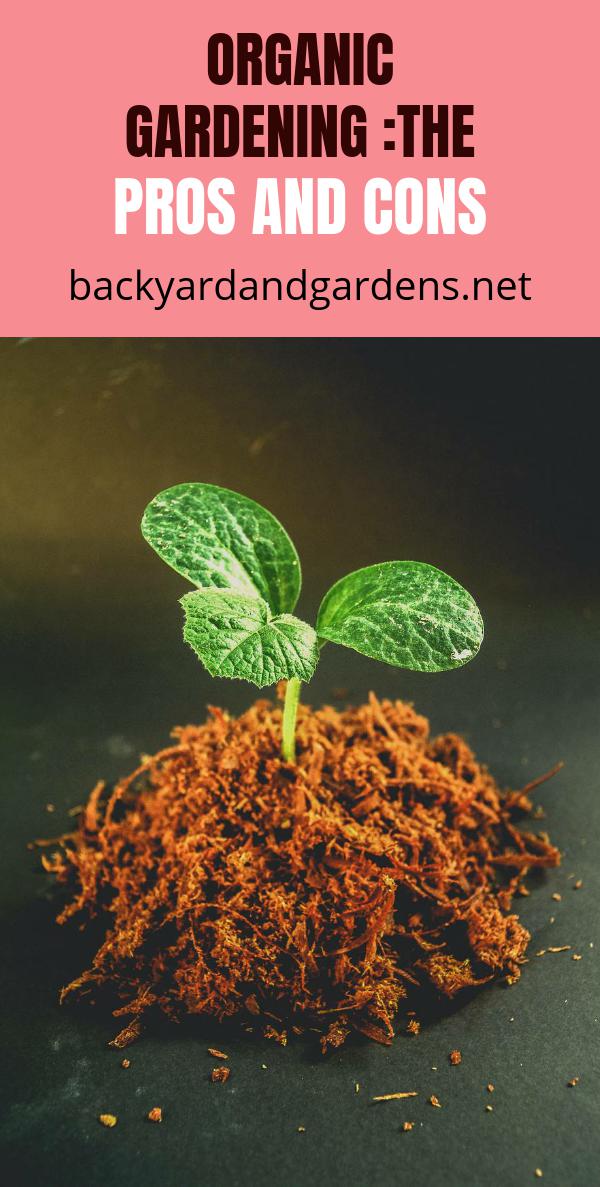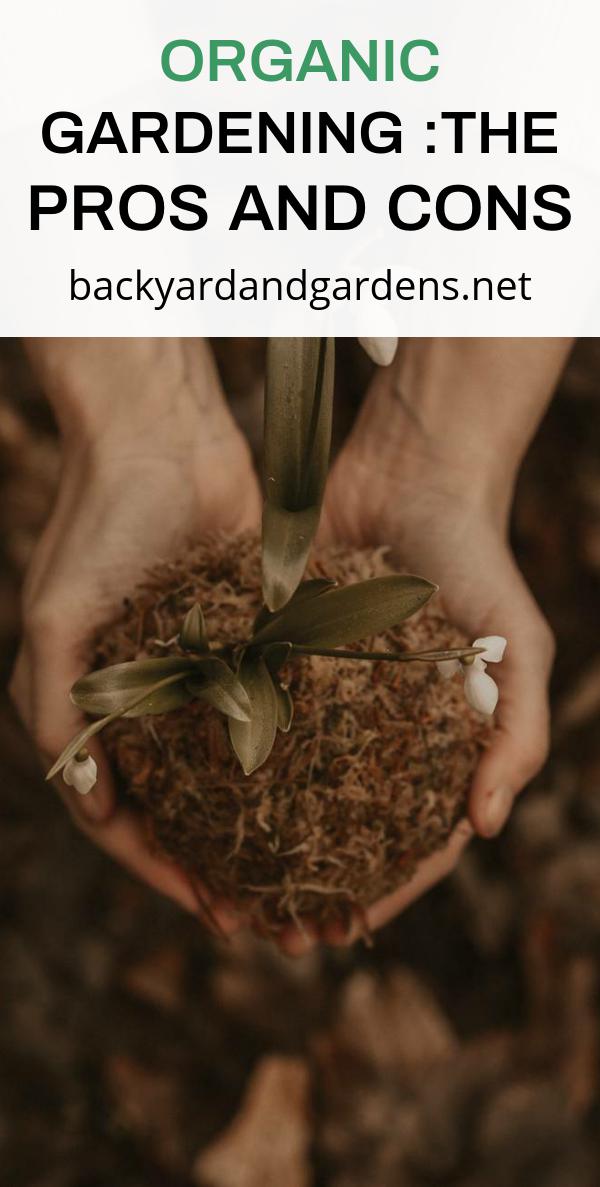Organic Gardening :The Pros And Cons
Picture three ripe red tomatoes arranged on a wooden cutting board awaiting your pleasure. They’ve each come from a different source: can you tell which one was grown organically?
Two of the tomatoes were lovingly tended in backyards – one in a conventional garden and the other in an organic garden. The third tomato came from the supermarket, and it’s easy to eliminate from the guessing game.

The supermarket tomato is the pale red one the size and shape of a tennis ball. Bred for packing, shipping, and storing, (not flavor), this tomato was picked green, has traveled more than a thousand miles from farm to store, and has sat on the shelf for weeks — looking none the worse for wear.
Set this one aside. It was definitely not grown organically.
Two remain. For the sake of the game, they are the same tomato variety, let’s say Big Beefsteak slicers. Bright red, they were just picked and are still warm to the touch from the afternoon sun.
It’s not so easy to tell the difference in these; we have to look beyond the surface… literally. The quality of the soil from which they grew is the key element to naming the winner of this game: conventional tomato vs. organic tomato.
The chemicals in the fertilizers used in conventional gardens actually break down the health of the soil. Microbes that are necessary for making soil nutrients available to the plants are killed off.
The dead soil requires increasing doses of conventional fertilizer, and still, the plants are malnourished, falling prey to insects and disease. Enter the deadly pesticides, sprayed liberally on the plant.
Now, the game is getting serious. One of the two remaining contestants in our tomato contest had better be carefully washed before being eaten; it’s been dusted with poison.
On the other hand, the organically grown tomato also had fertilizer applied to it, but this fertilizer was made from naturally occurring substances like bone meal, fish emulsion, and rock phosphate. These additions fed the soil and did no harm to the beneficial microbes that make nutrients available for use by plants.
Pesticides probably weren’t necessary because a healthy plant produces its own pest-resistant chemicals. But if there were pests, the organic gardener might have used a home-mixed spray of hot pepper and garlic or something similarly non-toxic to humans.
There are a few additional techniques the organic gardener probably used, such as tilling in a cover crop to add organic material for the microbes and earthworms to decompose. This process results in a crumbly textured soil that holds moisture and allows the roots to breathe.
But even without the soil improvement from a cover crop, it’s fairly clear which tomato is better for health: the only nutrients that can be found in the fruit had to come from what was available in the soil. The organically grown tomato provides better nutrition.
What is not so clear is which tomato is better for flavor. A test of the ratio of sugar to acid might be made, but that isn’t a big issue. Both the conventionally grown and organically grown tomato are vastly superior in flavor to the poor tomato found in most supermarkets.
The original question in this tomato guessing game was whether you could tell which one of those ripe, juicy tomatoes on the cutting board was organic. Turns out that it’s hard to tell just by looking, or even just by tasting.

So, what’s the big issue? Mainly this: sustainability. Conventional growing depletes and eventually destroys the soil. Whereas organic growing techniques actually build and improve the soil.
In the end, the nutritious organic tomato contributes more to your health, and it is certainly better for the health of the soil from which all future crops will come.
